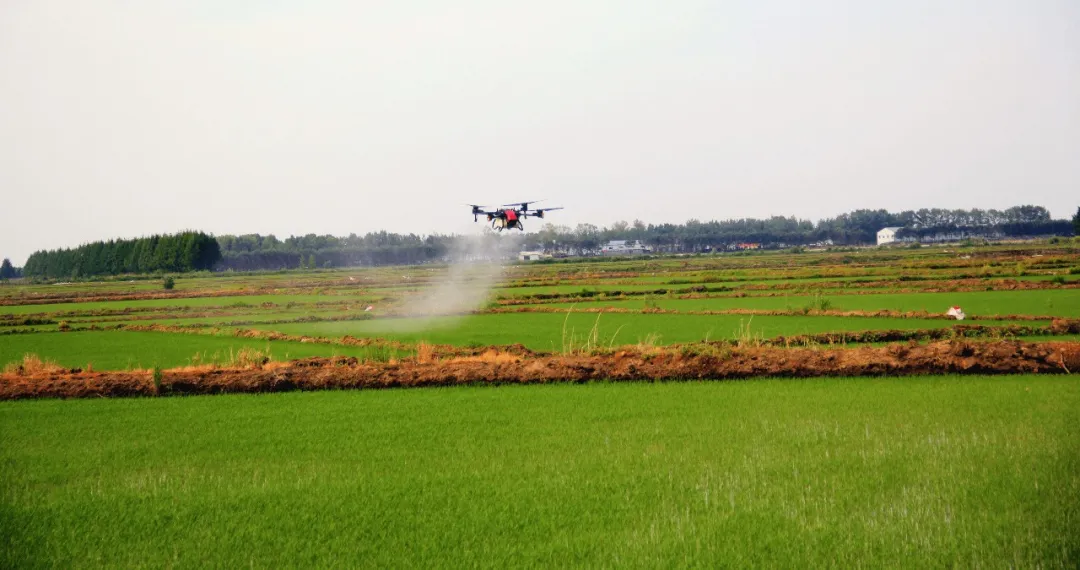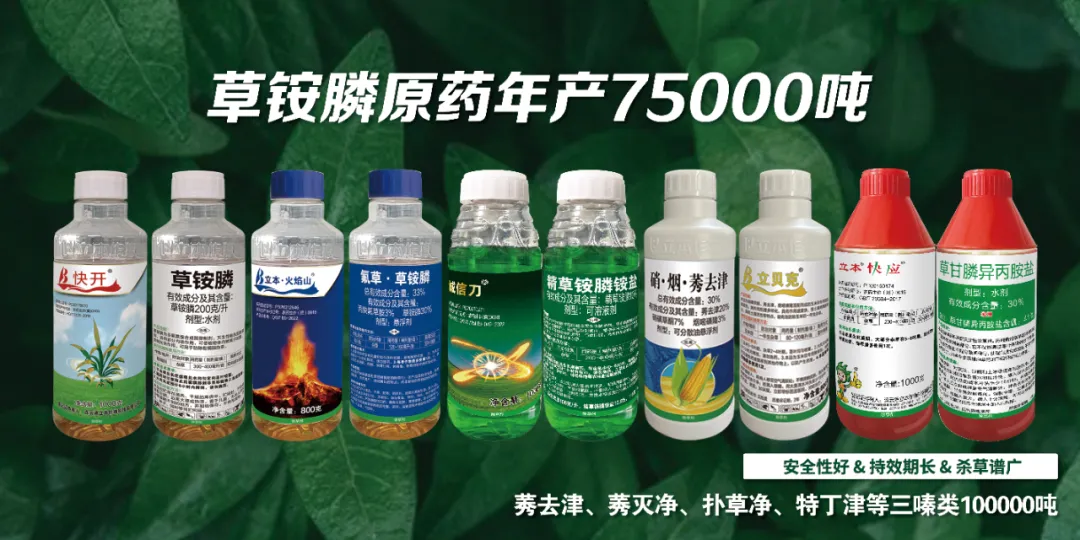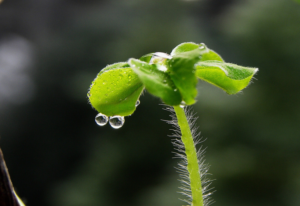How to Improve Herbicide Weed Control?

Weeds are one of the most persistent and challenging problems for farmers and crop growers worldwide. While herbicides are an essential tool for managing weed infestations, applying them effectively can be a fine art. Poor herbicide application can result in reduced effectiveness, environmental harm, and crop damage. The key to improving herbicide weed control lies in the right selection, timing, and environmental considerations.
To optimize weed control using herbicides, you need to focus on choosing the right products, applying them at the right time, and adjusting for environmental factors like temperature and humidity.
Transitioning into the details of improving weed control, let’s explore how to maximize the effectiveness of herbicides with practical insights.
Choose Suitable Herbicides?

When selecting a herbicide, one must consider the weed species to be controlled, the crop being grown, and the farming system in place. Herbicides can generally be classified into two categories: selective and non-selective. Selective herbicides target specific weeds without harming the crop, while non-selective herbicides kill most plants they come in contact with, including desirable crops.
The key to effective weed management is matching the herbicide with the right weed and crop combination.
Weeds vary in terms of species, resistance, and growth stages, which means herbicides must be tailored for each situation. For instance, some herbicides work best on specific weeds like grasses, broadleaf plants, or woody plants. Others may be more effective at different growth stages of weeds (e.g., pre-emergence vs. post-emergence).
Prevention of Resistance
One common issue is the build-up of resistance in weeds due to prolonged use of the same herbicide. This is why mixing and alternating herbicides is crucial. If you use the same herbicide year after year, weeds can gradually become resistant. By switching products and using herbicide mixtures, you can reduce the risk of resistance, keeping your weed management program effective over time.
Herbicide Selection Strategy:
| Here’s a quick breakdown of factors to consider when choosing the right herbicide: | Factor | Consideration |
|---|---|---|
| Crop Type | Choose herbicides safe for the crop you are cultivating. | |
| Weed Species | Select herbicides targeted at specific weed species. | |
| Weed Growth Stage | Consider whether the herbicide works best for pre- or post-emergence. | |
| Environmental Considerations | Factor in the farming system and soil conditions. |
Selecting the right herbicide will ensure the best possible weed control with minimal risks to crops, the environment, and your investment.
Choose the Best Time to Apply Herbicides?

The timing of herbicide application can make all the difference between a successful and unsuccessful weed control effort. Applying herbicides at the wrong time not only reduces their effectiveness but could also harm crops.
Timing for Different Herbicides
There are several types of herbicides, including contact herbicides, systemic herbicides, soil treatments, and pre-emergence herbicides. The application method varies based on the herbicide type and weed control objectives.
Pre-emergence Herbicides:
These are applied before weeds emerge from the soil. They act by creating a protective layer in the soil that prevents weed seeds from germinating. For example, ethofumesate should be applied shortly after sowing but before weeds have started to grow. Applying this herbicide too late can drastically reduce its effectiveness.
Post-emergence Herbicides:
These are applied once weeds have already emerged. Timing is critical for these herbicides because the weeds need to be in a vulnerable stage. Early post-emergence treatment generally works better than applying the herbicide when the weed is mature.
Soil-Active Herbicides:
Soil treatments are effective when sprayed directly on the soil surface. They kill newly germinated weeds before they can establish themselves. If applied too late, soil-active herbicides will not work, as the weeds will have already rooted.
Choosing the optimal application time based on the type of herbicide used is crucial. It’s also essential to consider the weed's growth stage and weather conditions, which can significantly impact herbicide performance.
Ideal Application Time
| Here’s a quick guide: | Herbicide Type | Best Time to Apply |
|---|---|---|
| Pre-emergence | Immediately after sowing, before weeds emerge | |
| Post-emergence (Contact) | When weeds are young and actively growing | |
| Soil Treatment | Just after soil disturbance, before weed emergence |
The timing of herbicide application is a fine balance, but when done correctly, it can dramatically improve the effectiveness of your weed control program.
The Effect of Herbicides Is Directly Proportional to the Temperature?
Temperature plays a vital role in the absorption and effectiveness of herbicides. The activity of herbicides increases significantly with rising temperatures. This is because warmer temperatures enhance both the absorption of the chemical by the weed and its translocation within the plant.
Why Temperature Matters?
Weeds absorb herbicides more effectively when it’s warm. During high temperatures, weed metabolism accelerates, allowing the herbicide to spread through the plant and reach its target more efficiently. For instance, stem and leaf herbicides work best in temperatures between 20°C and 35°C. Beyond these temperatures, herbicide effectiveness begins to diminish, and at low temperatures, herbicides can become ineffective or even cause crop damage.
Temperature Ranges for Herbicide Efficacy
| Temperature Range | Effect on Herbicide Efficacy |
|---|---|
| 20°C to 35°C | Optimal for most herbicides |
| Below 20°C | Reduced herbicide activity |
| Above 35°C | Risk of crop damage or reduced efficacy |
The combination of air temperature and humidity can also impact how well herbicides work. For example, high humidity increases the effectiveness of foliar herbicides by keeping the product on the leaves longer, giving it more time to be absorbed.
Humidity’s Role
High humidity allows herbicides to linger longer on weed foliage, improving their ability to penetrate and be absorbed. On the other hand, in low-humidity conditions, herbicides can evaporate too quickly, reducing their effectiveness.
When considering the best conditions for applying herbicides, aim for warm, humid days. This will maximize the herbicide's impact and ensure your weed control efforts are more successful.
Conclusion
The effectiveness of herbicide weed control can be dramatically improved by choosing the right herbicides, applying them at the optimal times, and ensuring the right environmental conditions. A combination of knowledge, strategic planning, and attention to detail can help you achieve the best results. By focusing on herbicide selection, timing, and weather factors, you’ll enhance your ability to control weeds and reduce damage to your crops.


